
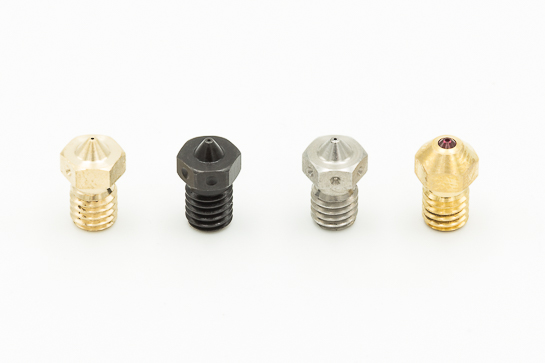
One of the big doubts that arise to users of 3D printing is what differences are there between the multiple types of nozzles available in the market, which one to use on each occasion, and which use and maintenance tips should be considered. In this and two other articles, we will try to explain and answer all those questions that arise about the nozzles of the extruders of the 3D FDM/FFF printers.
Classification of 3D printer nozzles
When classifying a nozzle we will consider two of the main characteristics: the material and the exit diameter.
Output diameter
Within the diameter there is a wide range of measures ranging from 0.20 mm (although there are already some 0.15 mm and 0.10 mm nozzles) to 1.2 mm.
Material
Brass nozzles: It is the most used material for the nozzles of the extruders, because it has a high thermal conductivity and stability, in addition to its ease of machining and economic price. Its main drawback is the fast wear to abrasive materials that contain fibers.
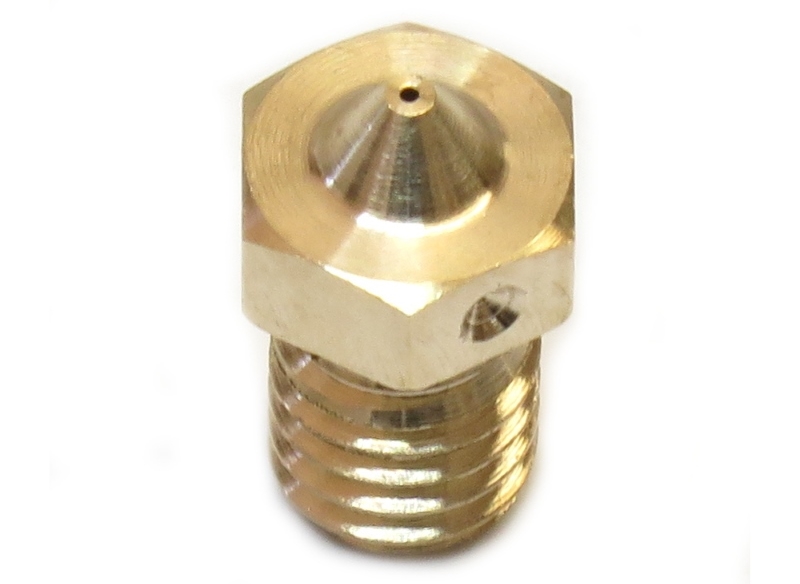
Image 1: Nozzle Brass E3D-Online. Source: E3D-Online
Hardened steel nozzles: To solve this problem of rapid wear of the brass nozzles, the hardened steel nozzles appear, being up to 10 times more wear resistant and maintaining the same qualities. As disadvantages, these nozzles have a lower heat transmission and, since they contain lead, they are not recommended to make pieces that are in contact with the skin or food.
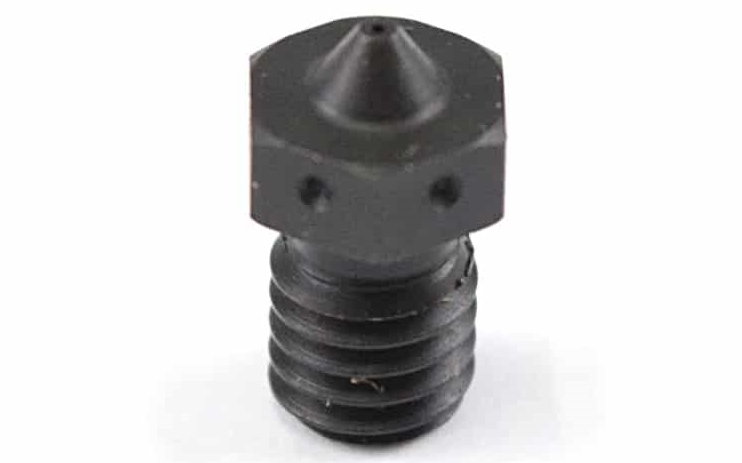
Image 2: Nozzle Hardened Steel E3D-Online. Source: E3D-Online
Stainless steel nozzles: This material presents a hardness superior to brass and has the advantage that it does not contain lead, material not allowed for the manufacture of pieces that are in contact with the skin or food. For this reason, the stainless steel nozzles are suitable for 3D printing with filaments approved for these applications so that the final pieces do not lose the approval by FDA regulations.
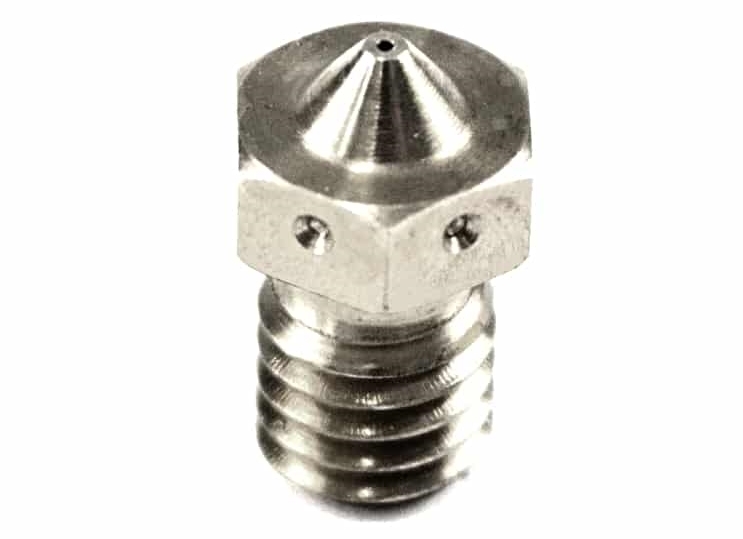
Image 3: Nozzle Stainless Steel E3D-Online. Source: E3D-Online
Nozzles Ruby: The Olsson Ruby is a special nozzle, manufactured from a brass nozzle with an inlaid tip of ruby. This combination is the ideal to have a stable temperature, a almost infinite durability and unparalleled printing precision.
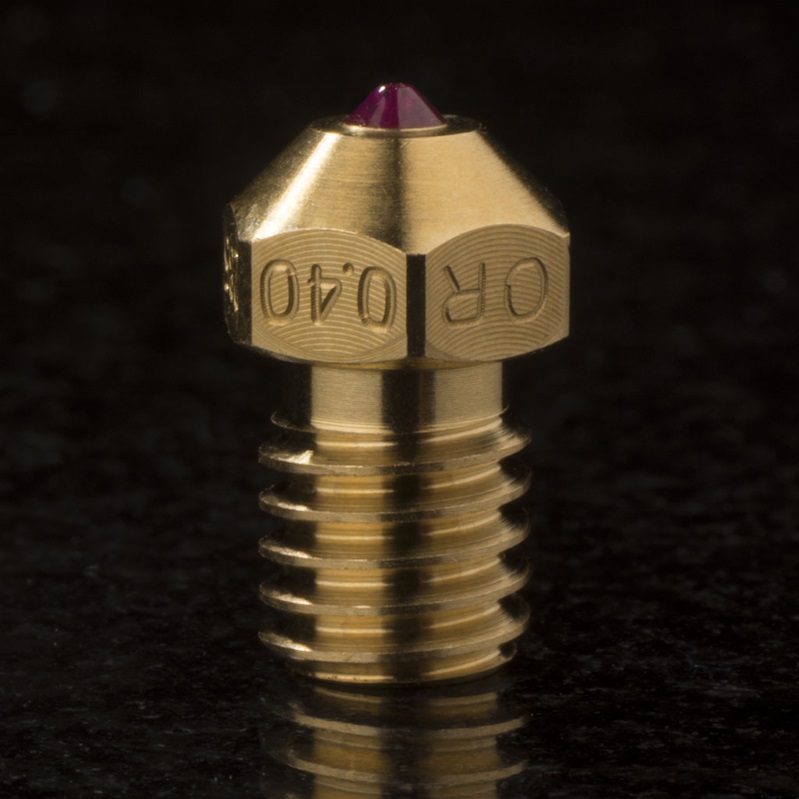
Image 4: Nozzle Olsson Ruby. Source: Olsson Ruby
Recommendations to select your 3D printer nozzle
Once presented the types of exit diameter and materials of the nozzles, our recommendation is that, each user select their nozzle according to their needs, considering the following guidelines:
- If conventional materials are used, such as PLA or ABS and pieces of intermediate size the ideal is to use a Brass Nozzle 0.40 mm. If you want to make small pieces with a lot of detail we recommend a Brass Nozzle 0.25 mm and for the opposite case, for large pieces a Brass Nozzle 0.8 mm.
- If abrasive materials containing fibers are used, such as PLA Carbon Fiber sYou should use a Hardened Steel Nozzle of 0.50 mm, never smaller diameter to avoid clogging in the extruder. If long 3D prints are made with very abrasive materials, the recommended nozzle is the Olsson Ruby.
- If approved materials are used for contact with skin and food, the only compatible nozzle to maintain this quality is a Stainless Steel Nozzle 0.40 mm. For small and very detailed pieces, we recommend a Stainless Steel Nozzle 0.25 mm and, for the opposite case, a 0.8 mm Stainless Steel Nozzle for large pieces.
| Materials conventional | Materials abrasives | Materials FDA | |
|---|---|---|---|
| Nozzle type | Brass | Hardened steel Olsson Ruby |
Stainless steel |
| Diameter (mm) | 0.25 - 0.40 - 0.80 | 0.50 - 0.80 | 0.25 - 0.40 - 0.80 |
Table 1: Recommended nozzle diameter
Once the types of nozzles have been clarified, one must take into account a very important parameter of the 3D printing configuration that is affected by this component, such as the layer height. This parameter is key to achieve the correct combination between finish and duration of 3D printing.
To begin, we must know that the recommended maximum value for layer height is 80 % of nozzle output diameter that is used. The lower the layer height, the better the surface finish but the longer the duration of the printing and vice versa. In the following table we show the recommended and maximum for each nozzle output diameter.
| Diameter nozzle exit | Layer height max. recommended |
|---|---|
| 0.25 mm | 0.2 mm |
| 0.4 mm | 0.32 mm |
| 0.6 mm | 0.48 mm |
| 0.8 mm | 0.64 mm |
| 1 mm | 0.8 mm |
| 1.2 mm | 0.96 mm |
Table 2: Maximum recommended layer height
For this parameter to be 100 % effective, leveling and calibration of the base about the nozzle it must be exact. You can visit our article "Leveling and calibration of the 3D printer base" to see how this process is done.
In the next two articles we will continue with the theme of the nozzles, explaining when to change the nozzle and how to avoid and solve the jams in it.
Do not hesitate to leave your recommendations or questions in the comments.
Related Posts
All about 3D printer nozzles (II): When to change the nozzle













Muy buena información.... excelente página...
Muchas gracias ;), intentamos dar la mayor y mejor información en cada artículo!!!
Muy buena info, falta un nozzle el de titanio.
Efectivamente Antoni ,existen nozzles de titanio y también de tungsteno, pero son para aplicaciones muy específicas. Muchas gracias por tu apoyo y por comentar.
Nozzles are used by most of the welding industries. Nozzles are classified into a different category based on their size and shape. Nozzles are basically a material that is made from a variety of metals i.e. Brass, Stainless Steel, Hardened Steel, Specialty materials like tungsten and ruby, etc.
Buena información...cada vez aprendiendo más sobre este fascinante tema....muchas gracias, valioso el aporte.
Excelente página y foro! Estoy haciendo pruebas con nozzle de diferente diámetro. Me gustaría dieran un poco más recomendaciones en diferentes tamaño de nozzle, como: - Velocidad Recomendada - Flujo - Temperaturas Muchas gracias !
Hola David, Este artículo puede ayudarte a resolver algunas dudas sobre esos temas que comentas: "Dudas habituales sobre temperatura y velocidad de impresión de PLA y ABS".
Muy bueno el artículo solo tengo una pregunta, cambie la boquilla de mi impresora a acero inoxidable (.6) en una ender 3, y tengo una altura de capa de .3, las primeras 3 o 4 capas me las hace perfectas pero despues no se pegan, y se hace una bola de filamento después, quiero saber a que se debe... Y si debo cambiarla a una punta de laton de nuevo, imprimo a 45mm/s y la temperatura me lo hizo con 225,215,200 °C
Hola Nate,
No entendemos exactamente la problemática. De todos modos revisa que la configuración que tienes de impresión sea igual para las primeras capas que para el resto de impresión, ya que normalmente en el slicing se suelen emplear distinas configuraciones para las primeras capas.
Excelente artículo, aunque tengo una duda. Tengo entendido que incluso algunas boquillas de latón poseen plomo Poseo una ENDER 3 Pro ¿Las boquillas son de latón (doradas), tienen este inconveniente de tener plomo?
No podemos asesorarle en esta duda ya que no conocemos las boquillas que tienen las impresoras que menciona. Un saludo
Lead. Take a sample of soil from anywhere in North America and there will be detectable levels of lead present. The State of California passed laws basically making garden dirt a toxic carcinogen. The simple presence of lead in some piece of metal means next to nothing, unless that metal item is eroding into the pieces being made. Suppose a brass nozzle (most alloys of brass have some detectable lead, where most alloys of steel do not!) with 0.001gram of lead is being used...how much brass would have to be worn away to end up as a dangerous concentration in a single printed part? A lot! The damage to the nozzle would be significant after one print... Stainless steel, with the various alloys, is a different medical problem! Iron, nickle, chromium and manganese are used to make stainless; medical implants cannot use nickle in ANY concentration! Is there a nickle-free stainless nozzle out there? Ask folks who have worked repairing medical equipment; the list of incompatible materials is long, and includes 'free machining brass'...up to 3% lead by weight! I like the dept of the article, but Cali-fornication of facts distorted a few things. Me? Associates degree, biomedical equipment repair. 4+ years at major Hospital fixing everything between the wall-plates and the patient.
Hello Greg, Thank you very much for your comment, at filament2print we love that you delve into the issues we are dealing with and that you contribute discussion that will make us all learn. I would like to provide a little more information and another point of view on why steel and not brass nozzles should be used in medical printing. The main problem does not stem from the metal alloys (at least not directly), but from wear and tear and derived by-products. First of all, it should be pointed out that the toxicity mechanisms of lead and nickel are very different. The problem with lead is the bioaccumulation that produces serious poisoning that must be treated with chelating agents, while the main problem with nickel in implants is its ionic release that produces a phenomenon known as metallosis (it is not exclusive to nickel, it can also be caused by chromium, cobalt, molybdenum and even titanium ions) and that causes the revision of the prosthesis or implant. In the case of lead, as you comment, the amount released is so low that it is highly unlikely that it can cause severe toxicity. And you are also correct that practically all steels contain considerable percentages of nickel, even surgical steels. I am not aware of the current state of US legislation, but in Europe as far as I know, the use of nickel-alloyed steels is authorized in implants (not in the case of components subjected to continuous wear such as acetabular components of hip replacement). But, if lead from nozzles is not a problem and nickel can be, why is it more advisable to use steel? The reason has to do with how the body reacts to the products derived from the wear of the nozzle. I will try to explain it with an example: Suppose we want to make an implant in 3D printing using a biocompatible and biodegradable plastic. We print one implant with a brass nozzle and another with a stainless steel one. We assume that both will contain micro and nano particles derived from the wear of the nozzle, however in the case of brass the quantity will be several orders of magnitude higher. We implant both and they begin to biointegrate and biodegrade. During this process the metallic particles begin to be released (in higher concentration in the case of brass). Once exposed, brass particles quickly oxidize releasing ions, while stainless steel particles remain inert. And this is where the problem comes, the appearance of concentrations of metal ions in the environment of the implant (brass nozzle) can trigger an immune reaction that causes the rejection of the implant, while the stainless steel microparticles will have a bio-inert behavior (the probability that they erode or degrade to the point of releasing nickel ions is very low, and even in this case the amount of ions released would be negligible), so they will generally be eliminated by macrophages or precipitate and the organism will form a fibrotic capsule around it, so the chances of implant rejection will be very low.
La rosca de los Nozzles son todas iguales o segun la marca de la impresora/hotend cambian? Muchas Gracias
Hola, Lucas. La rosca de los nozzles varía tanto en el paso como en la longitud de rosca. Existen distintos tipos como el nozzle V6, el nozzle MK8 o el nozzle MK10 entre otros. Cada impresora 3D será compatible con un tipo de nozzles. Un saludo!